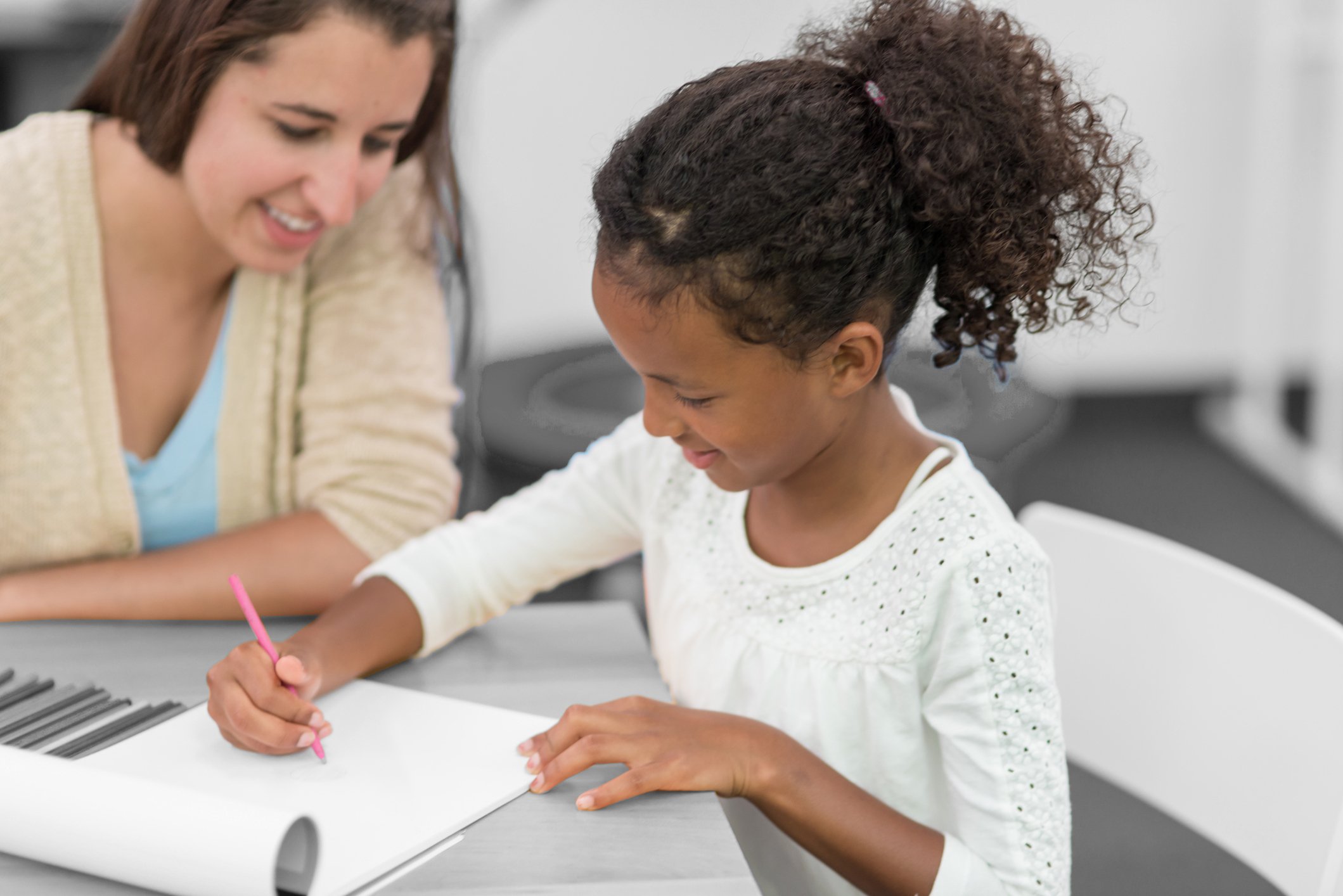
Handwriting & Recording Skills...
Handwriting & Recording Skills Assessment & Recommendations
Some children may have difficulty learning to form their letters correctly; write legibly; write quickly enough to keep up with their peers; or be unable to express their knowledge effectively in written form.
What We Do
Handwriting is one of the key demands for children at school and the demands increase as they progress through school.
Children may have difficulty learning to form their letters correctly; write legibly; write quickly enough to keep up with their peers; or be unable to express their knowledge effectively in written form.
Children are required to write in almost every lesson during their school day as well as in exams. For those who do struggle with writing, this can not only have a big impact on their educational attainment but it can also have a significant impact on their self-esteem and confidence.
As children get older they often become aware that their writing ability is different to that of their peers; particularly in schools where pen licenses are issued once a child’s handwriting meets a specific standard.
For some children, handwriting may be the only area of difficulty. In this case we can provide an assessment focusing purely on the child’s handwriting and the underlying skills required for effective writing.
However, for most children who struggle with handwriting, there are other activities they find challenging to master. For example, they may have had or still have difficulties learning to ride a bike, swim, dress or use cutlery.
If this is the case, we would recommend a full sensory-motor assessment even though handwriting is the main concern. This enables the therapist to assess the child holistically and provide recommendations to support them in all aspects of their life.
With either of the above assessments, if a child has handwriting difficulties, the therapist’s recommendations will outline interventions to support with this.
This may involve a step by step approach of pencil and writing skill development or it may involve a compensatory approach.
Commonly, both approaches are used in conjunction with each other. This enables the child to utilise strategies in order to keep up with their peers and minimise the impact of their writing difficulties on their self-esteem and academic learning and potential; whilst simultaneously working to improve their writing abilities. Recommended interventions are also based on the child or young person’s age.
Contact Us
If you would like to find out more about our handwriting and recording skills services, or to book an initial appointment, you can call us on 01892 320334 or email enquiries@inclusion.me.uk
